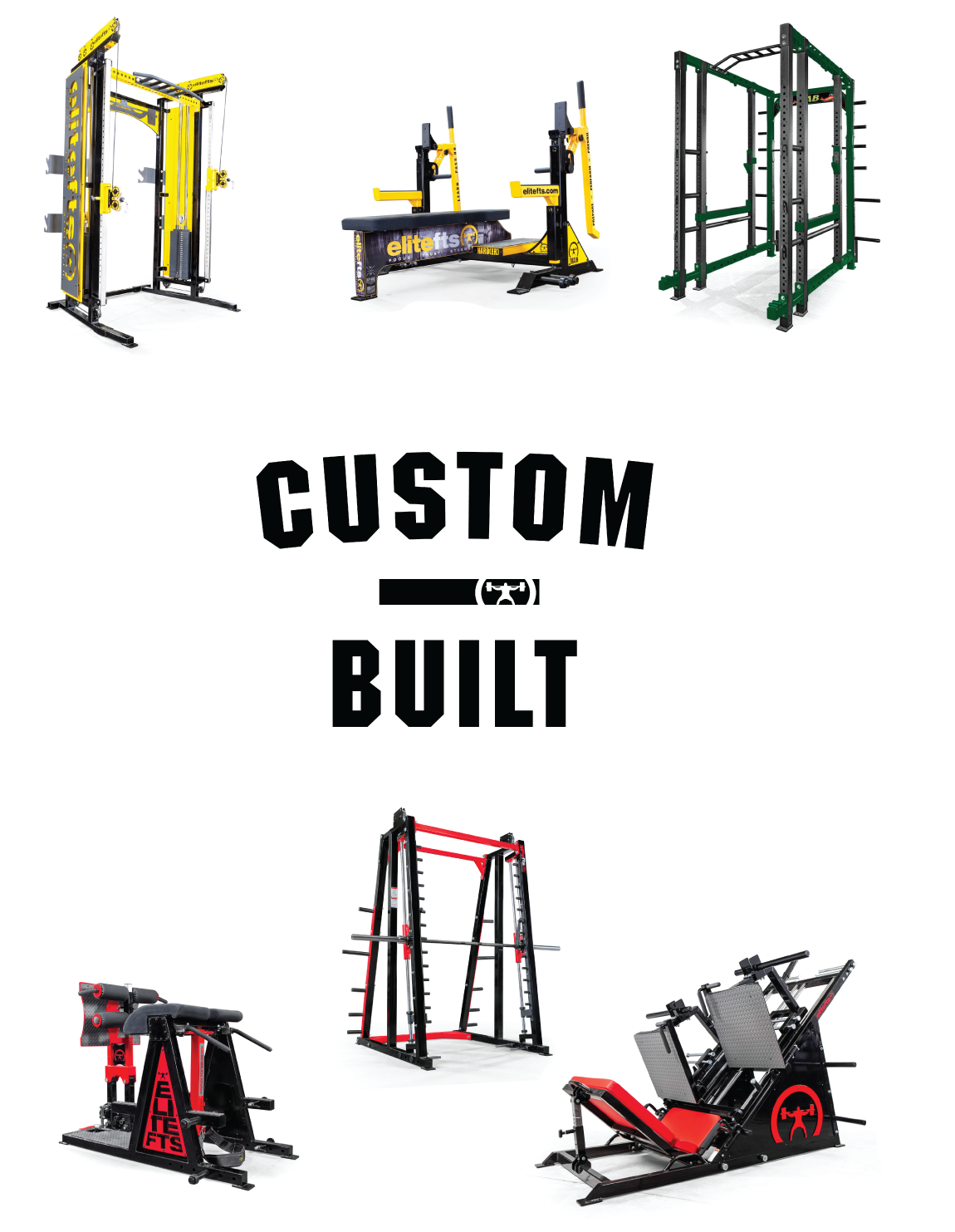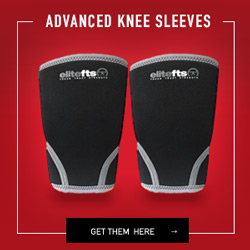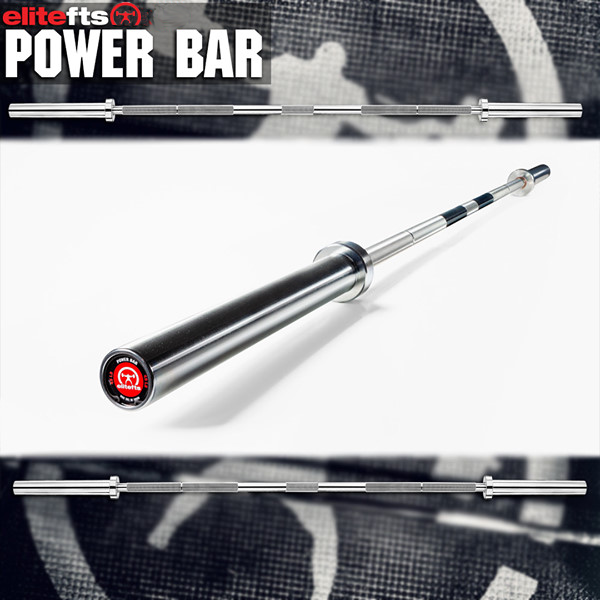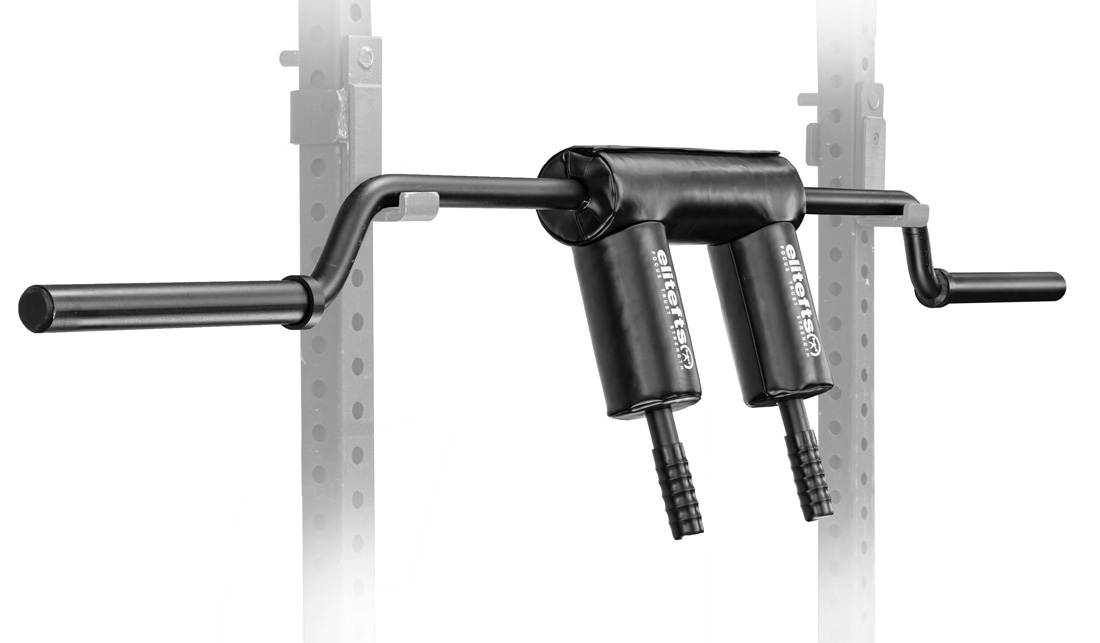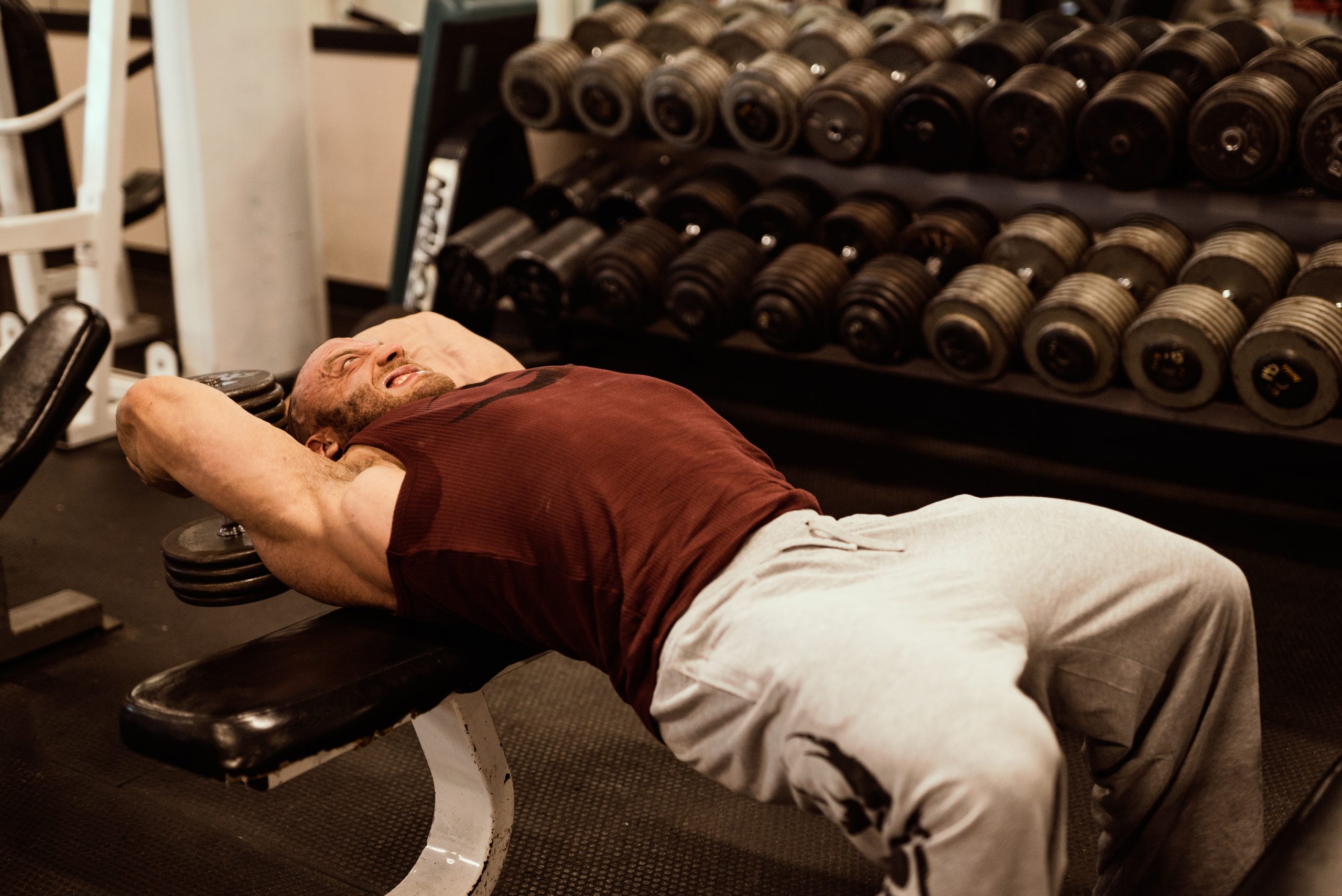
In previous entries, I discussed the new autoregulation method that my coach and I use in training. If you missed those articles, here’s a recap:
- Many lifters find traditional autoregulation methods like RPEs and RIR difficult to implement.
- Our method is a bit less subjective, so it may work better for you – but it’s certainly nothing new or revolutionary, just more practical for some.
- It looks at the combination of how heavy a weight feels at the moment you begin to lift; and how quickly the lift moves when you watch a video of it after the fact.
The best part about the VESP method, though, is that it can be applied to bodybuilding, too – and in that context, I honestly believe it’s superior to other autoregulation methods. Here’s why:
Cliffs:
- “Training to failure” can mean vastly different things depending on your execution.
- Both explosive and controlled movement is important to maximize hypertrophy; so is the use of both heavy and light weight.
- Using VESP, we can (to a degree) compare the relative impact of a training stimulus on a lifter’s recovery -- even when using multiple training styles in a single training session.
Admittedly, there’s not a whole lot of knowledge (formal or tacit) on this method of autoregulation, but trust me – I’ll be experimenting with it a lot! If you give it a shot, I’d love to hear your thoughts as well.



